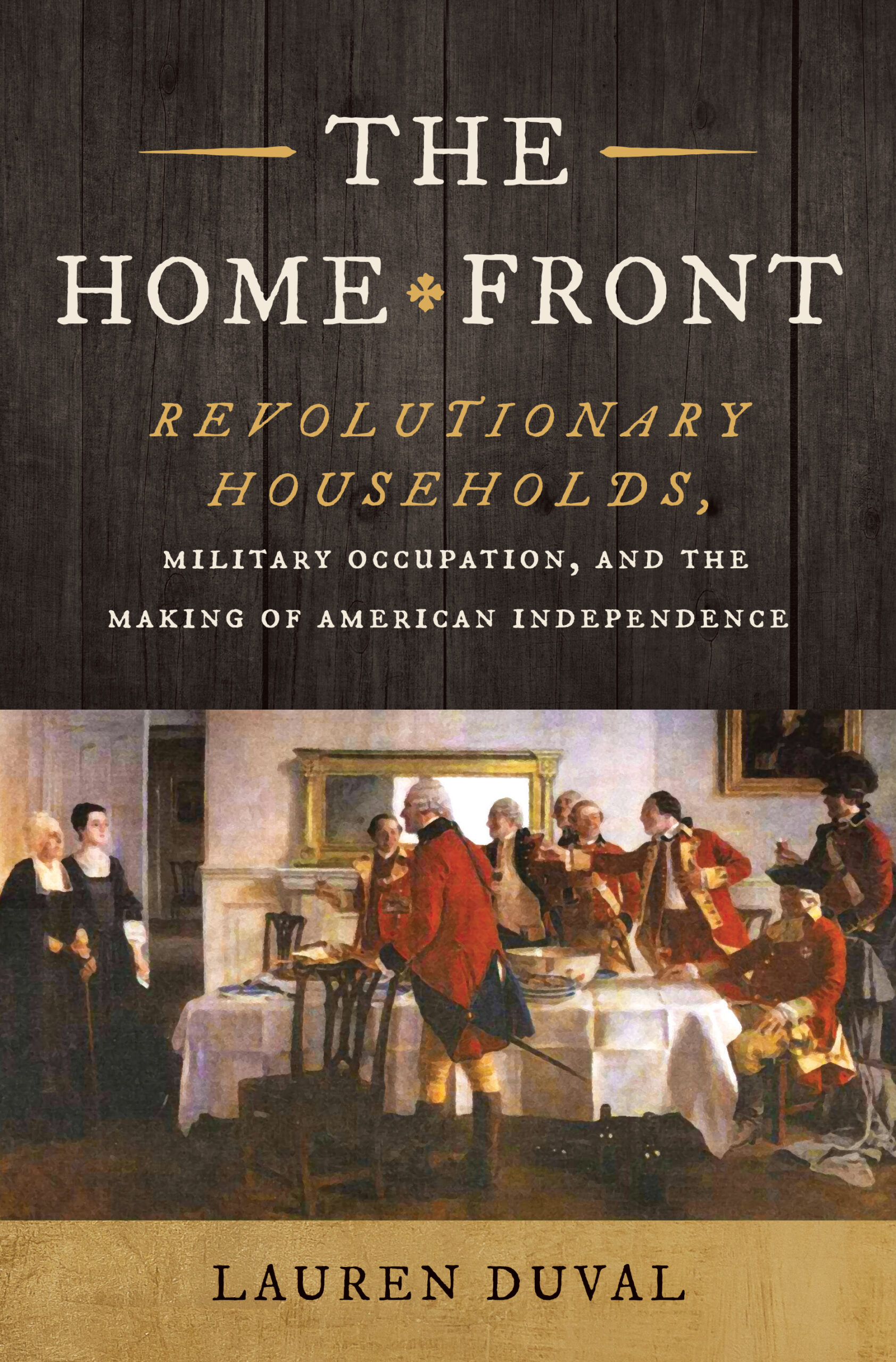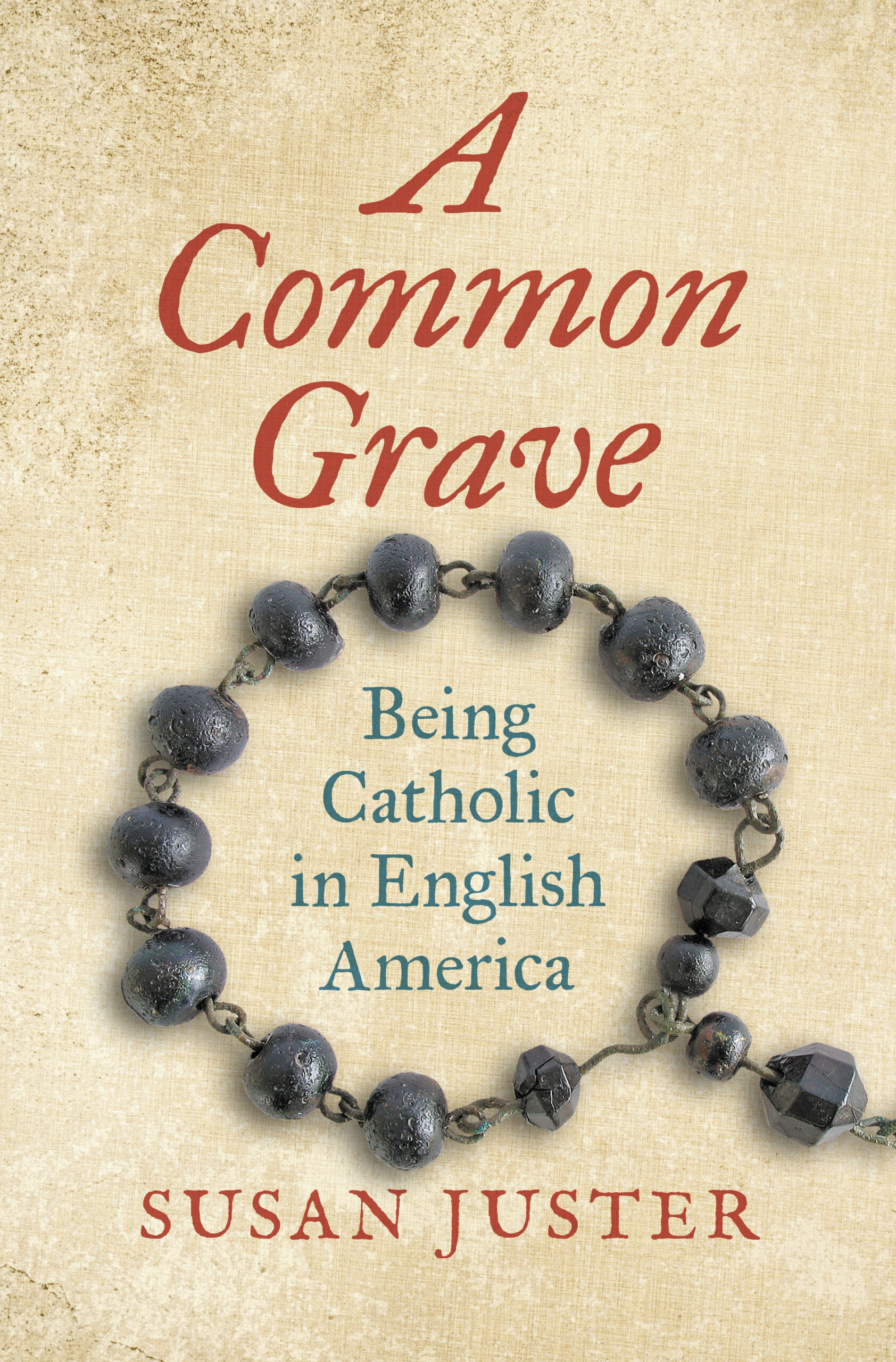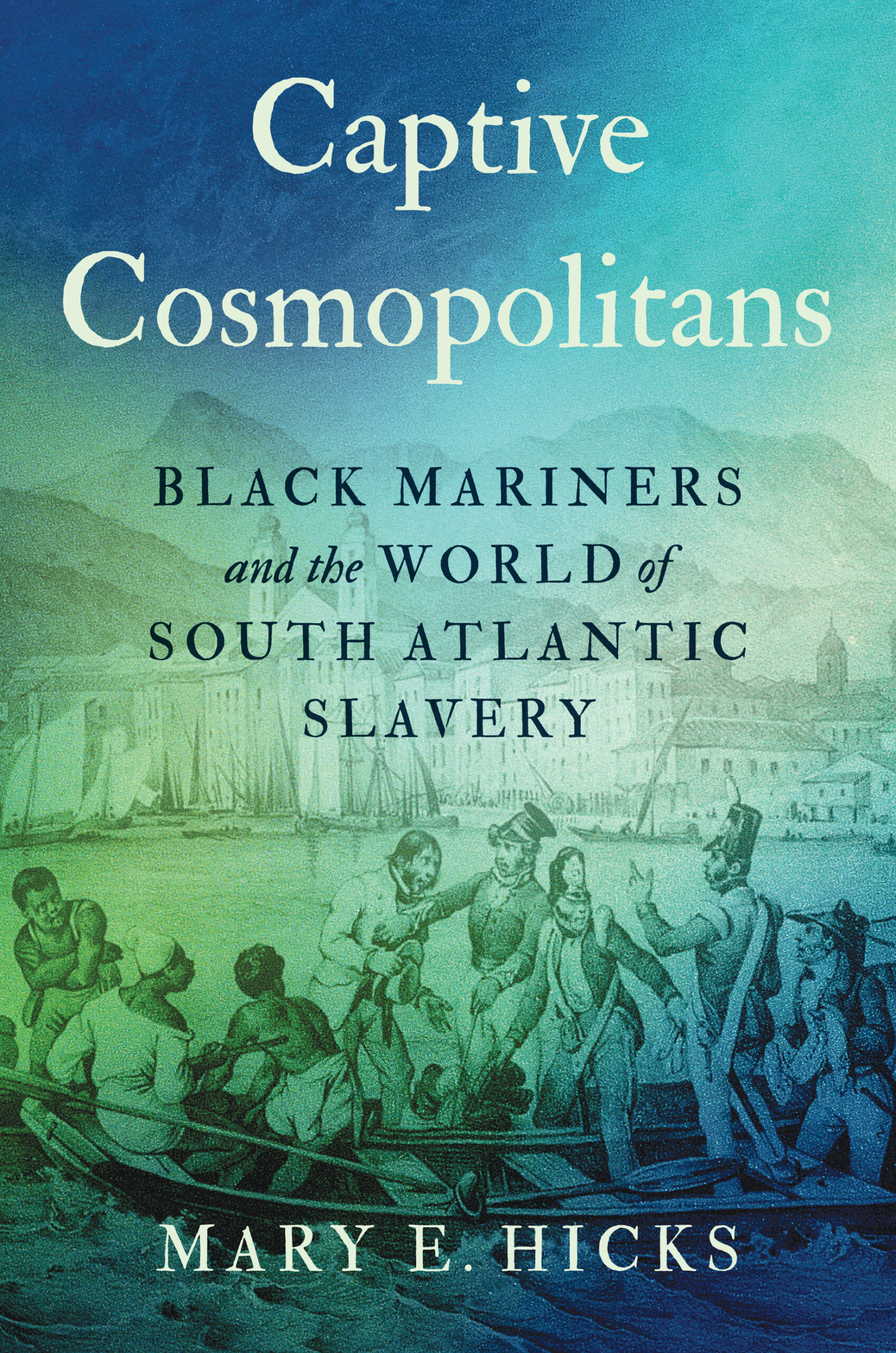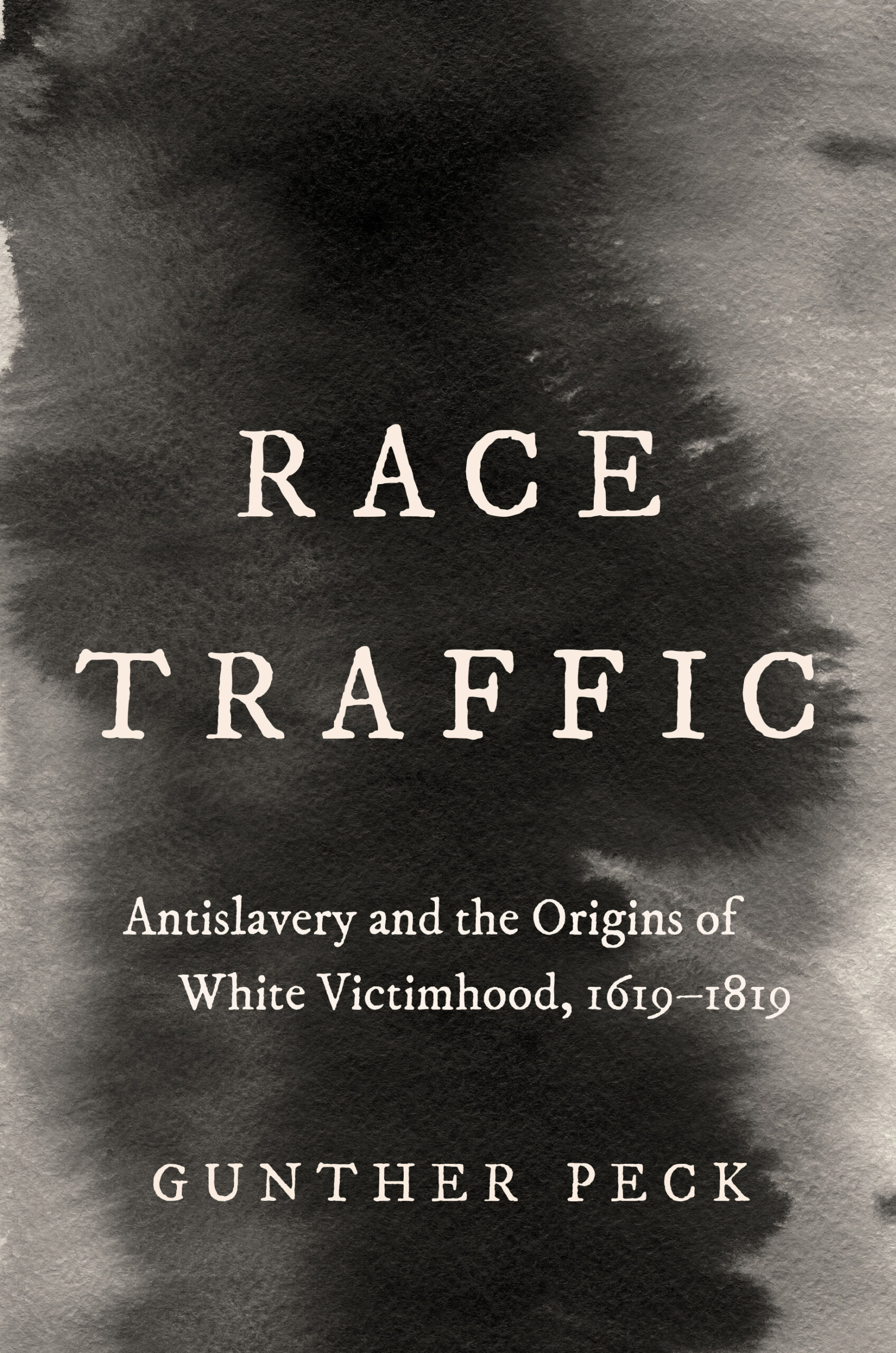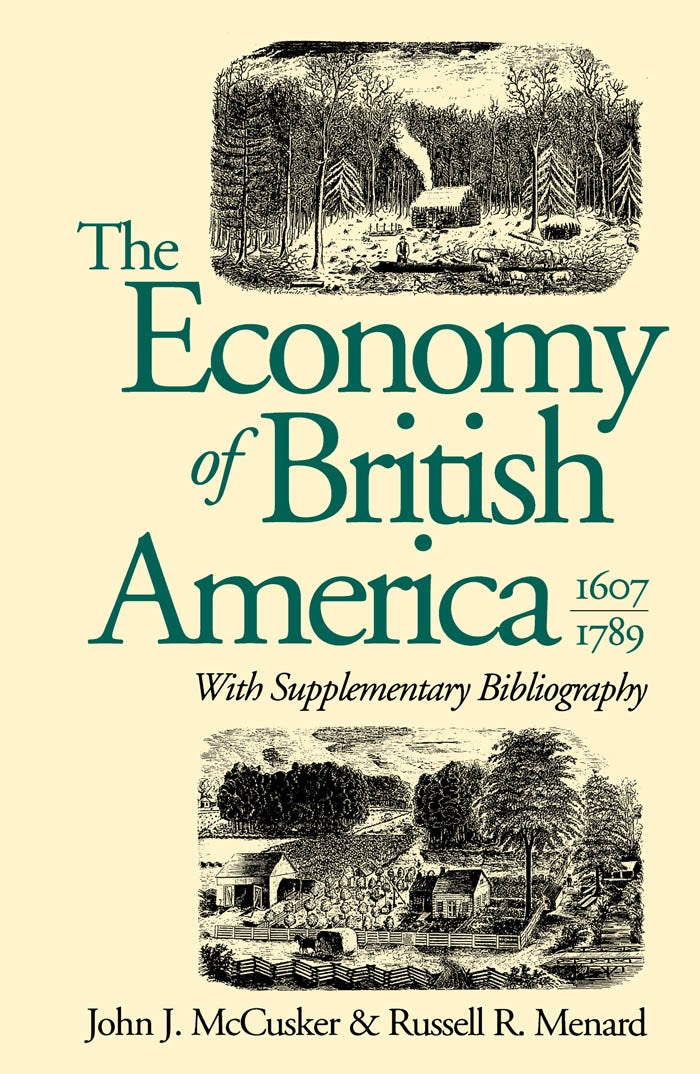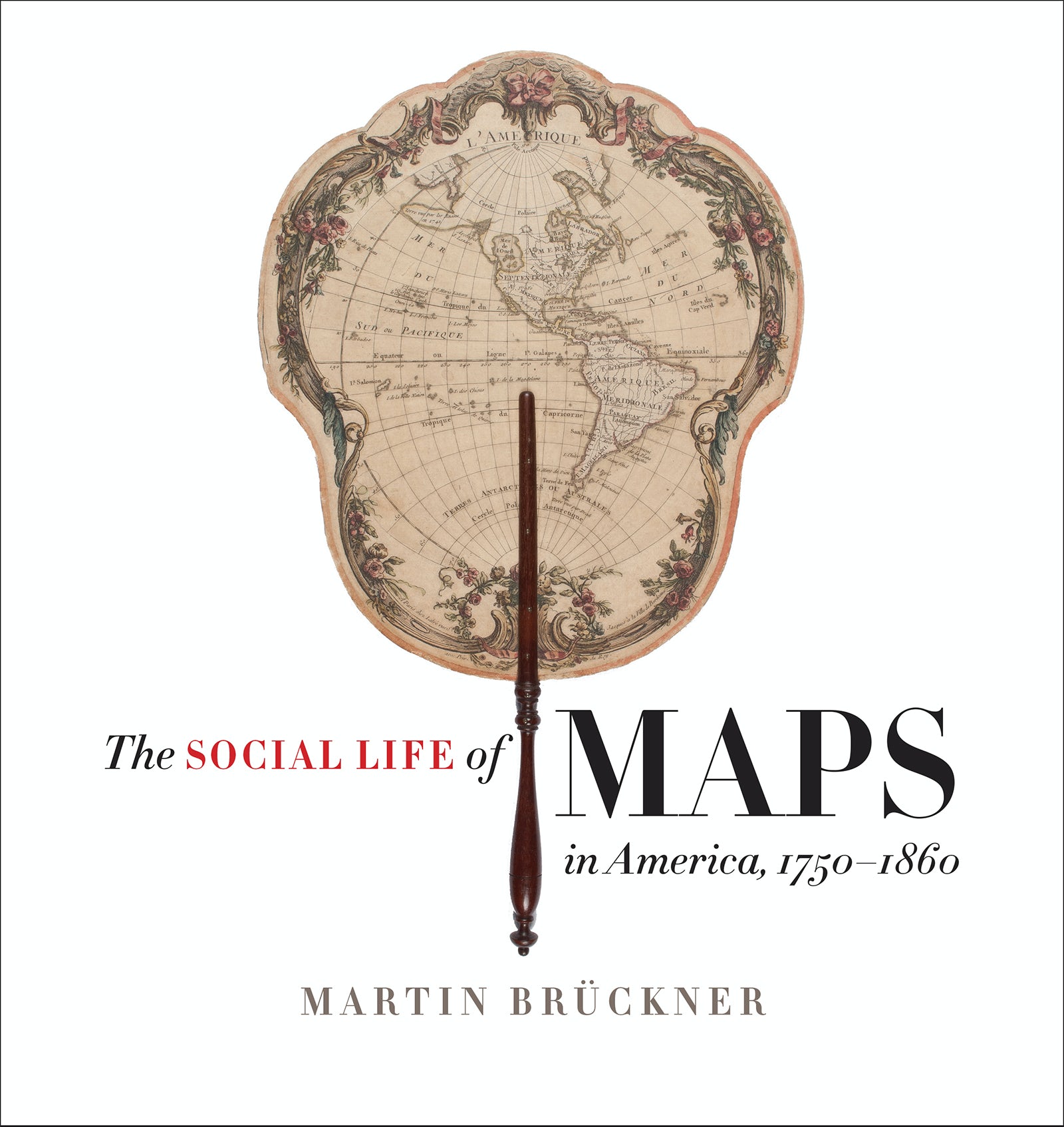
The Social Life of Maps in America, 1750-1860
Description
In the age of MapQuest and GPS, we take cartographic literacy for granted. We should not; the ability to find meaning in maps is the fruit of a long process of exposure and instruction. A “carto-coded” America–a nation in which maps are pervasive and meaningful–had to be created. The Social Life of Maps tracks American cartography’s spectacular rise to its unprecedented cultural influence.
Between 1750 and 1860, maps did more than communicate geographic information and political pretensions. They became affordable and intelligible to ordinary American men and women looking for their place in the world. School maps quickly entered classrooms, where they shaped reading and other cognitive exercises; giant maps drew attention in public spaces; miniature maps helped Americans chart personal experiences. In short, maps were uniquely social objects whose visual and material expressions affected commercial practices and graphic arts, theatrical performances and the communication of emotions.
This lavishly illustrated study follows popular maps from their points of creation to shops and galleries, schoolrooms and coat pockets, parlors and bookbindings. Between the decades leading up to the Revolutionary War and the Civil War, early Americans bonded with maps; Martin Bruckner’s comprehensive history of quotidian cartographic encounters is the first to show us how.
About The Author
Martin Bruckner is professor of English and material culture studies at the University of Delaware.
Reviews
“This is a brilliantly written book about maps as material commodities.”–Communication Research Trends
“Fascinating, wide-ranging, and lavishly illustrated . . . Delves with panache into the disparate fields of art history, interior design, book history, print culture, fashion, consumption, theater, and education, to name just a few . . . . Necessary reading for anyone interested in cartography or print culture.”–Journal of American History
“Compelling . . . . This book is very welcome indeed and a significant addition to the cartographic literature.”–English Historical Review
“The Social Life of Maps in America is a very social book. It is outgoing and connected in tone, focus, and scope, which emphasizes the nature and role of maps in multiple dimensions of American civic and personal life.”–Journal of the Early Republic
“A remarkably interdisciplinary examination of maps. . . . A treasure trove of information for scholars across the humanities.”–American Literary History
“This book is well researched and produced. . . . An important source for students interested in the broader field of material culture because a major aspect of Bruckner’s interpretation is the placement of cartographic artifacts within their physical settings, both public and domestic.”–Winterthur Portfolio
“Bruckner’s study is marked by a well-developed theoretical framework and methodological approach. . . . The Social Life of Maps analyzes the development and changes of mapmaking as well as their material and social value and status as commodity among everyday American citizenry from the mid-eighteenth century to shortly before the beginning of the Civil War.”–Amerikastudien
“Zooming in and out, charting the careers of mapmakers, map users, and maps themselves, The Social Life of Maps in America sketches a stunning bird’s-eye view of an important medium as well as an intimate geography of commercial society between the Revolution and the Civil War. In Martin Bruckner’s skillful hands, ephemeral cultural objects come alive again and help narrate a completely new history of cartography in early America.”–Eric Slauter, University of Chicago
“Martin Bruckner fills two gaping voids in map history by exploring the industrialization of geography in antebellum America from the point of view of map consumers, not map producers. Applying a material culture approach to the maps and to previously untapped archives, Bruckner provides a complex narrative of social, technological, and cultural changes that created a distinctly American form of geography. A splendid achievement!”–Matthew H. Edney, Universities of Wisconsin and Southern Maine
“Enriched but not constrained by theory, Bruckner’s beautifully written study impressively integrates visual, literary, economic, and psychological perspectives to offer fresh interpretations page after page. Scholars interested in the uses of print, whether or not they are early Americanists, need to read this book. They will be rewarded with Bruckner’s instructive insights into the meanings of space and spectacle, materiality and memory.”–Joan Shelley Rubin, University of Rochester
